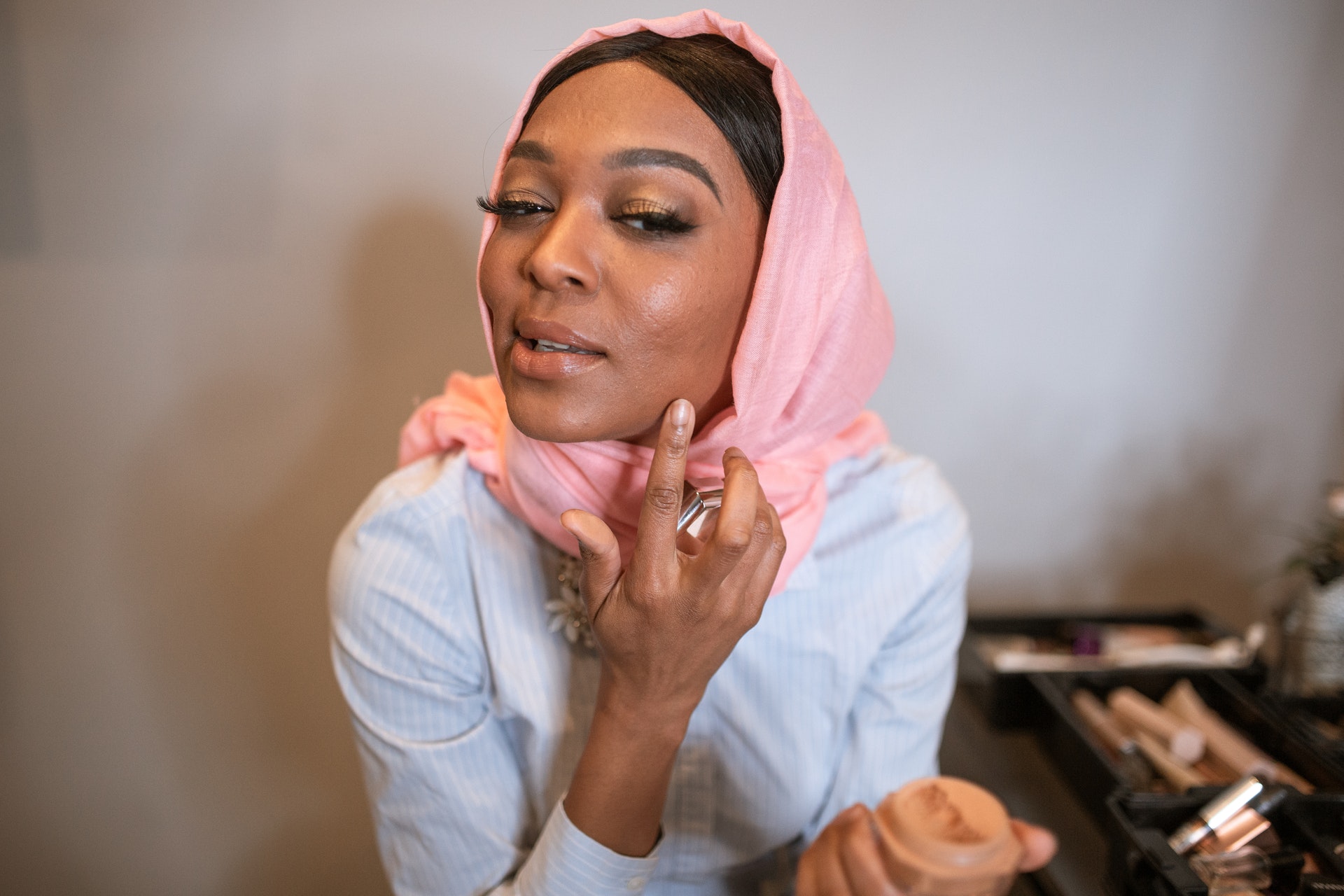Wrinkles and blemishes are common skin problems. However, there are over a hundred conditions that can affect your skin. Some of these conditions cause mild symptoms, while others are serious and can interfere with your life. SkinDC dermatologist clarifies that the itching, redness, rashes, pain, and pus are all signs of skin problems that need the help of a dermatologist.
A dermatologist specializes in treating nails, hair, and skin conditions. The treatments improve your skin. You need regular checkups to ensure you don’t have skin cancer. There are treatments for various skin conditions like stretch marks, cellulite, and large pores. First, you can try with creams and gels like Kidsco’s stretch mark cream and if you see no results, try with more complex treatments.
Changes in your skin texture or color mean there is a problem. An expert knows what is normal and what warrants concern. Dermatologists are board-certified, and they give their expert opinion on skin matters. They specialize in skin matters.
Skin Conditions to Consult a Dermatologist
1. Acne
A very common skin condition can cause blemishes on your face. The condition includes pimples, blackheads, and deep cysts. In most cases, it results due to oil glands in your skin, producing too much sebum clogging the pores. Also, bacteria can cause acne. It’s a common condition among teenagers as much as it can affect a person at any age. You need proper treatment to avoid leaving a permanent scar. Over the counter medications do work or you can get prescriptions from the dermatologist. Other people prefer chemical peels, oral medications, and laser therapy.
2. Eczema
This is a chronic skin condition that causes swelling of your skin. It’s emotionally distressing and uncomfortable. Often, it results in red, itchy, swollen, and dry skin. Atopic dermatitis is a common type of eczema. You develop a rash on your cheeks and other parts of your body, which can leak fluids. Affected people have trouble sleeping. The dermatologist performs a skin exam and gives you prescription creams and over the counter medications to ease your condition. Observe proper skincare.
3. Psoriasis
This is an immune system problem making your skin cells form quickly and pop up on the skin. The skin patches are referred to as plaques. The plaques can be silvery scales, thick and red. Plus, they are painful and itchy. Mostly, they appear on the face, legs, scalp, knees, and elbows. In rare cases, they appear on the genitals, fingernails, and inside your mouth. Dermatologists diagnose it by examining your skin sample. This is a chronic skin condition. The skin specialist prescribes creams to soothe your skin and help heal it. Treatment includes taking medications that suppress your overactive immune system.
4. Signs of Aging
As you age, your skin changes. You begin to notice dryness, wrinkles, or discolorations referred to as age spots. Smoking and UV rays can worsen the signs. Wear sunscreens to prevent sun damage to your skin. Eat healthy diets and avoid smoking to protect your skin. A dermatologist can give you medications to improve skin color and texture to give you a youthful look. Other treatments include chemical peels, wrinkle fillers, laser therapy, and Botox injections.
5. Skin Cancer
It is curable if it’s diagnosed early. Melanoma is a dangerous and deadly form of cancer. Scheduling regular dermatologist appointments help prevent cancer as the early warning signs are detected, such as a change in your skin color, shape, texture, and thickness. Irregular growth is a key warning.
6. Hair loss
People shed almost 100 hairs daily. Bald patches are signs of a problem. Stress, pregnancy, and hereditary factors can lead to hair loss. The dermatologist investigates the cause of your hair loss by taking a sample of your scalp tissue. Laser treatments, surgical procedures, and medications are treatment options that can restore hair growth.
7. Rosacea
It’s a chronic skin condition affecting your eyes. You can look flushed or get redness on your nose, chin, and cheeks. This can extend to your chest and ears. You can experience skin swelling or bumps, and your skin gets thicker in severe cases. Light skin people are more susceptible. Doctors are not entirely sure of the cause, and there is no cure. However, lifestyle changes, medications, and laser therapy can manage the symptoms.
Any signs of skin conditions need urgent attention. Consult your dermatologist if you notice any of the conditions mentioned above. Schedule regular dermatology visits to ensure your skin problems are under control.



